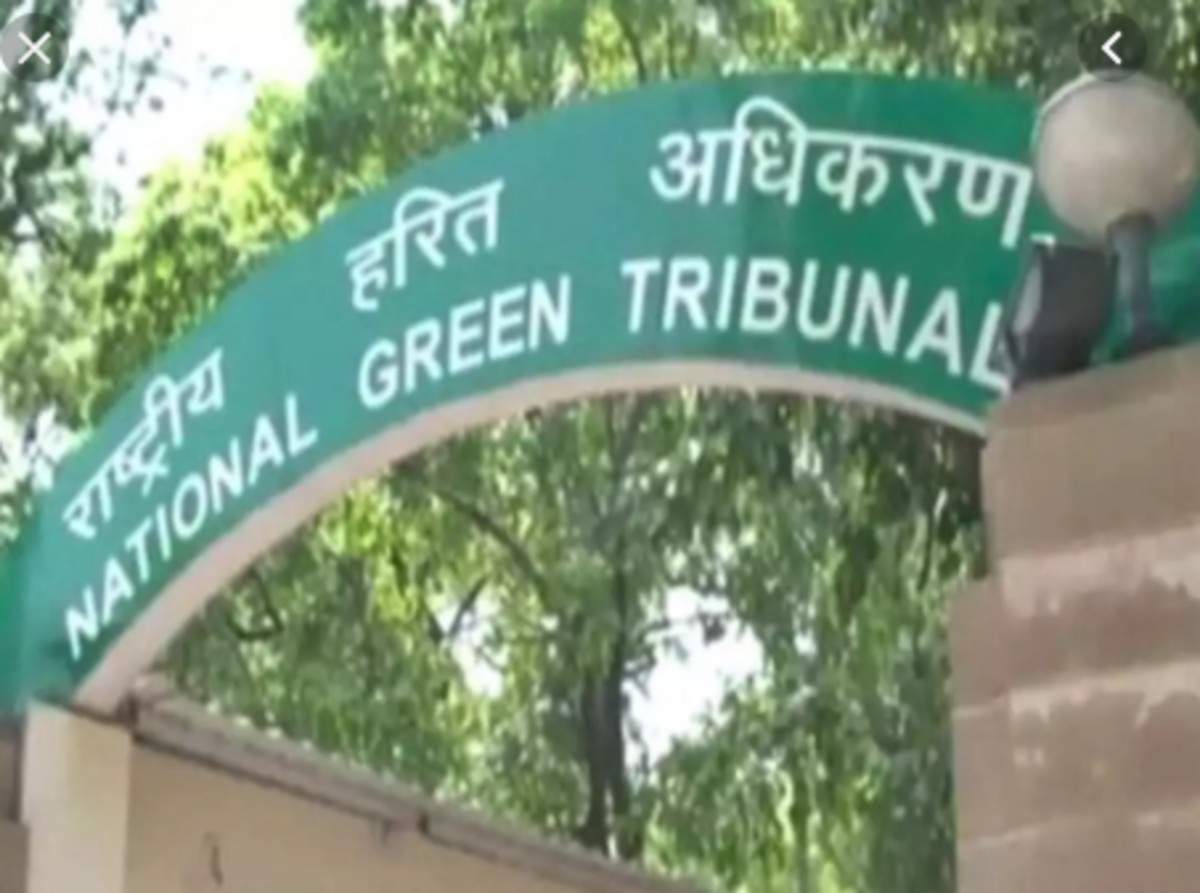 By Akhila Damodaran
By Akhila DamodaranIn addition to this, state committee has asked local civic bodies to set up e-waste collection centres in every city
The NGT (National Green Tribunal) state committee says that they are planning to decentralise e-waste management and make every manufacturer and marketing agency responsible for their own waste. The committee says big e-commerce companies like Flipkart and Amazon produce a lot of electronic waste and hence, should take up the responsibility to manage it themselves.
Justice Subhash B Adi, NGT state level committee, says, “We have asked Bruhat Bengaluru Mahanagara Palike (BBMP) and district headquarters to open up collection centres for e-waste in every city. We are implementing this at the moment only in cities, not in small towns.
The district headquarters will collect the e-waste from government offices. Also, we are putting the responsibility of cost of disposal on the manufacturer and marketing agencies, if they do not have their own collection centre. EPR (Extended Producer Responsibility) is making all manufacturers take the responsibility to open their own collection centre or part with money for processing the waste if the local civic authority has one.” (EPR means responsibility of any producer of electrical or electronic equipment, for channelisation of e-waste, to ensure environmentally-sound management of such waste.) BBMP and Karnataka State Pollution Control Board have recently installed a collection centre at its headquarters.
“Managing e-waste is a challenge and cannot happen immediately. Even bulk generators such as Flipkart and Amazon are responsible for their own waste. The entire process will be decentralised. We would like to make everyone responsible for their own waste including colleges, universities, government offices and the military. They can have their own collection centre in their campuses and dispose the waste as per the guidelines,” he said, adding that another challenge was proper disposal. “There are many people who collect e-waste like computers and mobile phones. This electronic equipment has some value. But it is hazardous to the people who collect this equipment, since they contain lead, chromium and mercury. This kind of equipment should be handled with precautions,” he says.
According to the World Health Organisation, recycling of valuable elements contained in e-waste such as copper and gold has become a source of income, mostly in the informal sector of developing or emerging industrialised countries.
However, e-waste-connected health risks may result from direct contact with harmful materials, from inhalation of toxic fumes, as well as from accumulation of chemicals in soil, water and food. Furthermore, recycling activities such as dismantling of electrical equipment may potentially bear an increased risk of injury.
Children are especially vulnerable to the health risks that may result from e-waste exposure and, therefore, need more specific protection. As they are still growing, children’s intake of air, water and food in proportion to their weight is significantly increased compared to adults, - and with that, the risk of hazardous chemical absorption.
Another challenge, says Justice Adi, is household electronic waste such as tubelights. “People just them dump them in open spaces,” he says.
No comments:
Post a Comment